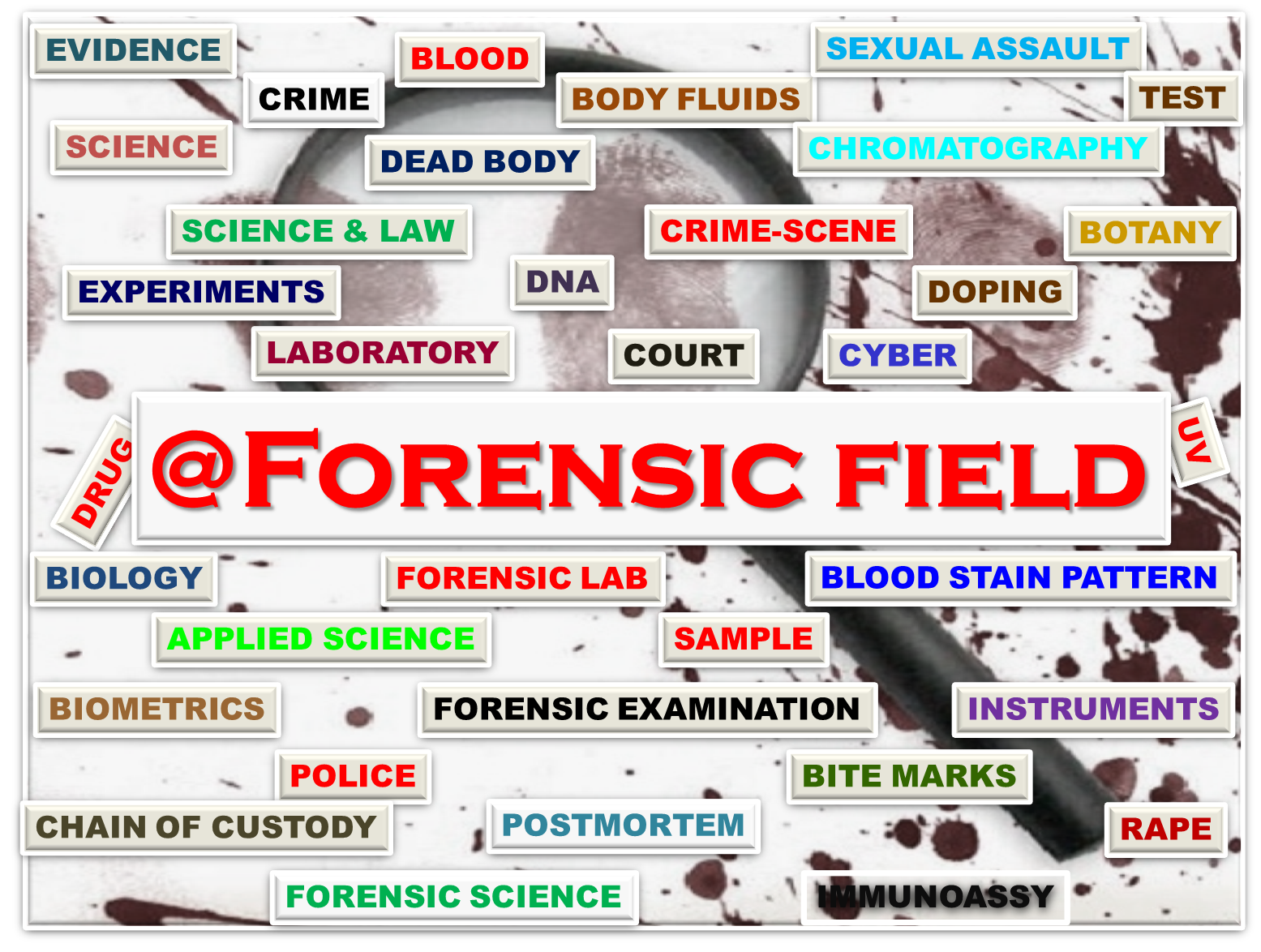The intersection of forensic science and life sciences is a complex and often debated topic. Many assume a clear demarcation, but in reality, forensic science frequently relies on and overlaps with the principles and methodologies of the life sciences. Whether it *is* considered *under* life sciences is a question with nuanced implications, which this discussion will unravel.
At its core, the life sciences encompass the study of living organisms and life processes. Biology, zoology, botany, genetics, and biochemistry all fall under this vast umbrella. Now, consider the grim tableau of a crime scene. What does forensic science bring to bear? Often, it’s the analysis of biological evidence—DNA, blood, tissue, and even microscopic organisms. The interpretation of this evidence is deeply rooted in the understanding of biological systems. To unravel the mysteries locked within a strand of hair or a drop of blood, a forensic scientist must possess a working knowledge of life science principles.
Think of it like this: the life sciences provide the lexicon and grammar, while forensic science crafts the narrative of a crime. The life sciences are the foundational blocks upon which many forensic techniques are built. A forensic entomologist, for instance, uses their knowledge of insect life cycles to estimate the post-mortem interval (PMI), the time elapsed since death. This is unequivocally a life science application, albeit within a forensic context. A forensic pathologist, while performing an autopsy, leverages their understanding of human anatomy, physiology, and pathology—all bedrock components of the life sciences—to determine the cause and manner of death. These professionals aren’t simply applying protocols; they are engaging with the very essence of life and death at a molecular and macroscopic level.
Consider the role of DNA analysis. No forensic tool has revolutionized crime investigation quite like it. But what is DNA analysis at its heart? It’s the application of molecular biology and genetics to identify individuals and establish relationships. Polymerase Chain Reaction (PCR), Short Tandem Repeat (STR) analysis, and other DNA fingerprinting techniques are direct outgrowths of life science research. A forensic scientist interpreting a DNA profile is, in essence, acting as a molecular detective, deciphering the genetic code to reveal crucial information. Furthermore, advancements in forensic toxicology rely heavily on understanding biochemical pathways and the effects of various substances on living organisms. Determining the presence and concentration of drugs or poisons in biological samples demands a sophisticated understanding of how these substances interact with the human body. This falls squarely within the realm of pharmacology, a close cousin of both chemistry and the life sciences.
However, it’s important to recognize that forensic science is not solely reliant on life sciences. It is a multidisciplinary field that draws upon chemistry, physics, mathematics, and even psychology. Ballistics analysis, for instance, involves the application of physics to understand the trajectory and impact of projectiles. Digital forensics relies on computer science to recover and analyze electronic data. Fingerprint analysis involves pattern recognition and statistical analysis. Therefore, while the life sciences provide a crucial pillar of support, forensic science is a broader edifice built on multiple foundations. To frame it another way, forensic science borrows methodologies, techniques and frameworks from different domains, like the life sciences, as part of a bigger picture.
One could argue that while specific disciplines within forensic science, such as forensic biology or forensic pathology, are clearly rooted in life sciences, forensic science as a whole should be considered an applied science. It takes established scientific principles from various fields and applies them to legal investigations. It’s a practical application of theoretical knowledge, a bridge between the laboratory and the courtroom. Furthermore, forensic science often involves the development and validation of new techniques and methodologies specifically tailored to the unique challenges of crime investigation. This iterative process blurs the line between pure research and applied practice, making categorization even more difficult.
The classification of forensic science as being “under” life sciences also raises practical questions regarding education and training. Should forensic science programs be housed within biology departments, or should they remain as independent, interdisciplinary programs? The answer likely depends on the specific focus of the program. A program emphasizing DNA analysis and forensic biology might benefit from a strong connection to a biology department. A program with a broader focus, encompassing crime scene investigation, ballistics, and digital forensics, might be better served by maintaining its interdisciplinary identity. Furthermore, consider the regulatory and accreditation landscape. Forensic science laboratories are often subject to rigorous standards and quality control measures. These standards often draw upon principles and practices established in both the life sciences and other scientific disciplines.
In conclusion, while forensic science is not entirely subsumed under the umbrella of life sciences, it undeniably draws heavily upon its principles and methodologies. Disciplines like forensic biology, forensic pathology, and forensic toxicology are inextricably linked to the life sciences. However, forensic science is a broader, multidisciplinary field that integrates knowledge from various scientific domains. It is perhaps best viewed as an applied science, a bridge between theoretical knowledge and practical application, where the life sciences provide a critical, but not exclusive, foundation.










Leave a Comment